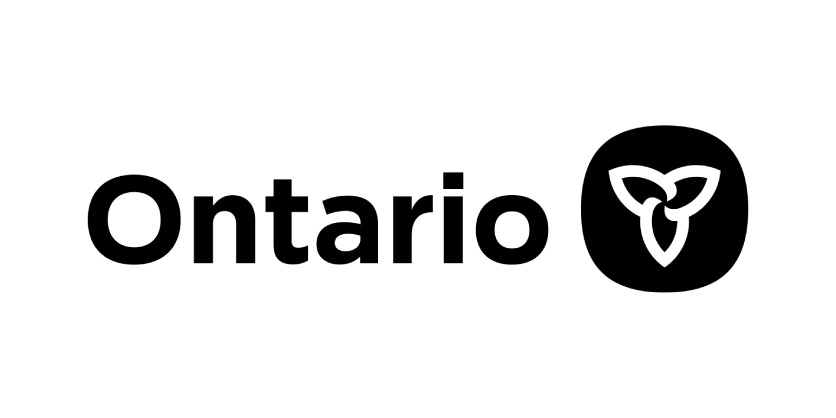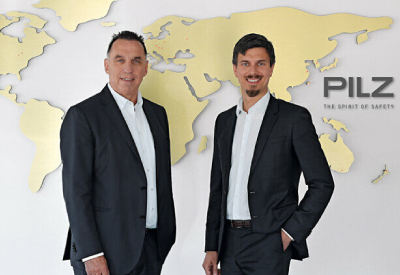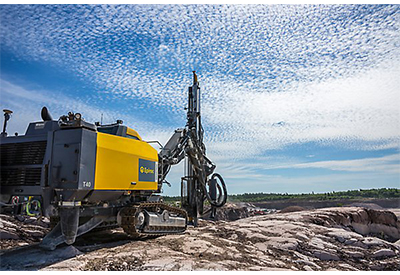Canada and Ontario Establish An Auto Pact to Secure Stellantis-LGES and Volkswagen Deals
Auto pact on joint support for electric vehicle and battery projects will attract economic growth and create thousands of good-paying jobs
July 18, 2023

Recently, the Honourable Chrystia Freeland, Canada’s Deputy Prime Minister and Minister of Finance, the Honourable François-Philippe Champagne, Canada’s Minister of Innovation, Science and Industry, the Honourable Doug Ford, Premier of Ontario, and the Honourable Vic Fedeli, Ontario’s Minister of Economic Development, Job Creation and Trade, issued the following joint statement:
“The governments of Canada and Ontario are partnering to attract once-in-a-generation projects that will anchor our auto manufacturing sector and keep good jobs in Canada.
“We already have fought for and secured the new NAFTA, which protected our auto sector, and fought for and secured a carve-in for Canada in the U.S. Inflation Reduction Act (IRA) electric vehicle incentives.
“Today, our governments are pleased to announce that we have finalized an agreement with Stellantis-LG Energy Solutions (LGES) to create and secure thousands of good-paying auto jobs and tens of thousands of indirect jobs across Canada. As part of the agreement, Canada and Ontario will provide performance incentives to Stellantis-LGES of up to $15 billion, subject to conditions and benefits to Canada and Ontario.
“The agreement between our governments also extends to the project by Volkswagen Group and its subsidiary PowerCo SE to establish Volkswagen’s first overseas electric vehicle battery cell manufacturing plant in St. Thomas, Ontario. Volkswagen could receive up to $13 billion in performance incentives.
“As part of the auto pact for those two deals agreed on by both governments, the federal government will provide two-thirds of funding and Ontario will provide one-third of funding, for these two projects, as a direct response to incentives offered by the U.S. government. These performance incentives are contingent on, and proportionate to, the production and sale of batteries from each project, and should the incentives offered under the U.S. IRA be reduced or cancelled, so would the performance incentives under the agreement.
“Over the past two and half years, our two governments have worked together to attract and secure multiple electric vehicle and battery projects. Today’s announcement will protect and create thousands of good-paying jobs for workers, including unionized jobs, as we establish an end-to-end electric vehicle supply chain to strengthen the clean economy.
“This step will spur further growth across Canada and Ontario’s auto manufacturing supply chains, and related sectors, benefitting workers and unions throughout the country.
“As the auto sector continues to move towards electric vehicles, Canada and Ontario remain ambitious and competitive, allowing us to attract projects that will ensure our automotive sector retains global leadership in critical parts of the value chain. Thanks to concerted efforts and collaboration between the federal and provincial governments, including Ontario and Quebec, Canada currently ranks second in the global electric vehicle and battery ecosystem. And today, Canada and Ontario are doubling down on this approach by announcing a long-term agreement with NextStar, a joint venture between Stellantis and LGES, two market leaders in the industry.”
Quick Facts
- In its 2023 Budget, the federal government unveiled transformative investments in jobs and growth as part of a $120 billion clean economy plan.
- Canada’s automotive sector supports over 500,000 workers, including nearly 100,000 auto plant workers in Ontario. The sector contributes $16 billion annually to Canada’s gross domestic product and is one of the country’s largest export industries.
The final agreement with Stellantis includes a number of conditions:
- The governments will only provide a performance incentive for batteries that Stellantis produces and sells, in line with the conditions in the agreement for the Volkswagen battery cell manufacturing plant;
- Stellantis will uphold its existing commitments in Canada and Ontario, including a production mandate at its plant in Brampton, Ontario;
- The company will invest more in Canada and Ontario, including for the establishment of a research and development facility in Windsor, Ontario;
- The operating expenses provided will only be available for as long as the U.S. Inflation Reduction Act incentives remain in effect;
- The federal government has agreed to provide Stellantis with a performance incentive on a per unit production basis of up to US$45 per kWh (US$35 per kWh for battery cells and US$10 per kWh for battery modules). Canada’s performance incentive is subject to an overall cap of C$15 billion, of which one-third is to be paid by the Ontario government.
Related Story
Ontario Investing in Critical Minerals Supply Chain for Electric Vehicles
The Ontario government is increasing funding for the Ontario Junior Exploration Program (OJEP) to help more companies find critical minerals such as nickel and cobalt, which are necessary to support the growing supply chain for electric vehicles, and create jobs for northern and Indigenous communities.







